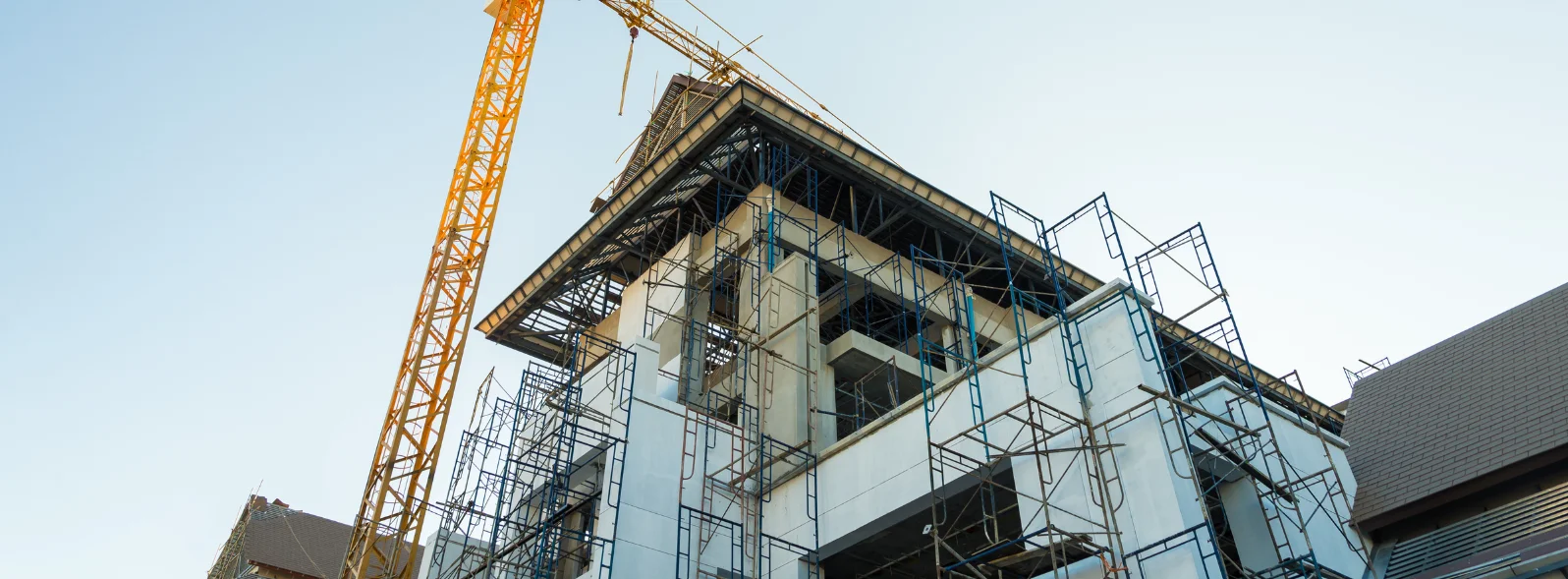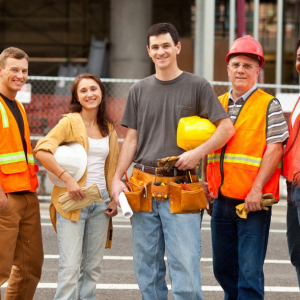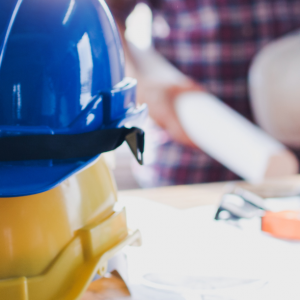A forward-thinking approach to health and safety in an ever-changing industry sets modern trade professionals apart.
This blog will explore cutting-edge health and safety best practices and how you can harness the power of innovation to protect your team and your business.
Moving beyond compliance: Safety as innovation
Safety has traditionally been about compliance—following rules and regulations to avoid accidents. But what if we could reframe safety as a space for innovation? Imagine a worksite where AI predicts potential hazards before they even happen, where eco-friendly materials reduce harmful exposure, and where employees are not just following rules but actively leading safety initiatives. That’s the future of worksite safety.
Best practices for 21st-Century worksite safety
1. Integrating AI for proactive safety
AI technology is transforming how we approach safety. Smart sensors and AI-powered software can now monitor worksites in real time, detecting potential hazards before they lead to accidents. Systems like AI-powered fall detection or equipment failure sensors can alert your team to dangers early, allowing for immediate intervention.
The real twist? The more data these systems collect, the more accurate they become, learning to anticipate risks that human eyes might miss. And the best part? AI is now becoming affordable for even small trade businesses.
2. Smart wearables: The next step in worker protection
Smart wearables are revolutionising worker safety. From helmets with integrated impact sensors to vests that monitor vitals and detect harmful exposure to toxic chemicals, wearable technology keeps workers safe while enhancing their performance.
Imagine a wearable vest that alerts you when your crew is working too close to live wires, or that monitors fatigue levels to prevent accidents from exhaustion. This protects your team and ensures that projects remain on schedule with minimal disruptions.
3. Safety through sustainability
Sustainability isn’t just about protecting the environment—it’s about protecting workers, too. Using sustainable, non-toxic materials reduces workers’ exposure to harmful chemicals. For example, eco-friendly paints and solvents can significantly cut down on health risks related to toxic fumes. At the same time, renewable energy sources like solar can reduce electrical hazards on the job.
As clients demand more sustainable building practices, integrating eco-conscious safety protocols can set you apart as a leader in safety and environmental stewardship.
4. Building a culture of safety leadership
Gone are the days when safety was the sole responsibility of the site manager. Today’s worksites need safety leaders at every level. Cultivating a culture where every team member takes ownership of safety reduces accidents and fosters accountability, trust, and teamwork.
Encourage regular safety check-ins, peer reviews, and open communication about potential hazards. Offer incentives for workers who go above and beyond to ensure a safe work environment. Everyone wins when safety is seen as a shared mission rather than just a policy.
Rethinking the role of Skills Certified in safety
5. Recognition of Prior Learning (RPL) for safety expertise
If you’ve already gained extensive safety experience on the job, why not formalise those skills? Skills Certified offers Recognition of Prior Learning (RPL), allowing you to turn your hands-on safety knowledge into formal qualifications. You’ll boost your professional credibility and position yourself as a safety leader in your field.
6. Access to safety training resources
Staying informed is crucial in the fast-evolving world of worksite safety. Skills Certified provides access to qualifications via our partner RTOs to ensure you’re always on the cutting edge of safety practices. Continuous learning is key to staying competitive, from online courses to safety webinars. Here are two courses to consider:
- Certificate IV in Work Health and Safety – BSB41419 awarded by Skills Recognition International (RTO: 32373)
- Diploma of Work Health and Safety – BSB51319 awarded by Skills Recognition International (RTO: 32373)















